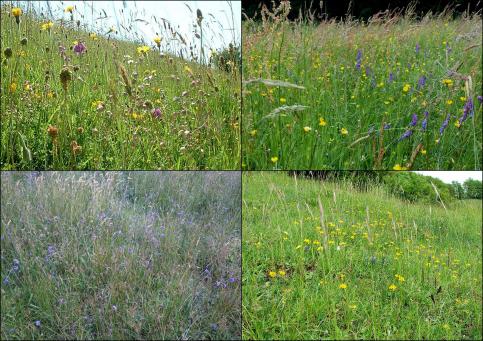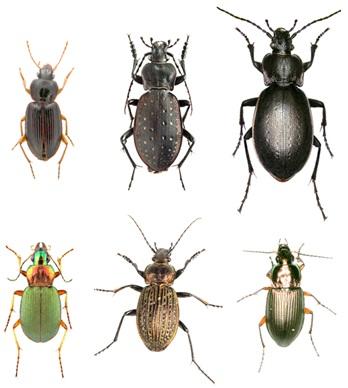Introduction

Natural habitats are disappearing at a fast rate, along with the numerous animal species that depend on them (Liu et al. 2016; Davies and Margules 1998). Semi-natural grasslands are among such habitats (Vanbergen et al. 2005), with urbanization as one of the main causes of decline globally (Liu et al. 2016; Gumma et al. 2017). In Sweden, and most of Europe, this decline is as a result of agricultural land use intensification, with the abandonment of less-productive land as another major cause (Cousins et al, 2015). These habitats are of high conservation value as they have been found to harbour a high diversity of invertebrates (Woodcock et al. 2005), including several ecological (provisioning, supporting and regulating) and social services (Hopkins, 2009).
Semi-natural grasslands require management to keep the land open and characterize vegetation structure (Gardner et al. 1997). To achieve this, among other options, grazing is widely used, which also helps in maintaining the richness of flora and fauna (Woodcock et al. 2005; Bassett and Fraser 2014). Kruess and Tscharntke (2002) observed that habitat management practices, such as grazing, enhance diversity when seldom applied. Other studies (Kaltsas et al. 2013; McFerran et al. 1994; Wettstein and Schmid 1999) have generally linked high diversity in grasslands to low intensity grazing, revealing that intense grazing can cause declines in arthropod species diversity and abundance in grassland habitats.

Carabids are among the most diverse and abundant arthropod groups (Holland and Luff 2000). They have been found to be ecologically beneficial in agricultural landscapes by Lovei and Sunderland (1996). They are mostly predatory, and act as natural enemies of agricultural pests such as aphids but also scavenge and feed on plant material such as weed seeds when prey is scarce (Lovei and Sunderland 1996). This makes the study and conservation of this group important.
Ground beetles have been found to be very sensitive to landscape modifications and grassland management practices (Neumann et al., 2016; Koivula, 2011), establishing them as potential indicators for habitat quality. Holland and Luff (2000) explain that carabids use non-crop habitats like grasses, for shelter, dispersal, breeding and hibernation. While there exists plenty of evidence that biodiversity declines with intensified grazing based on several European studies (Kleijn & Sutherland 2003; Holland and Luff 2000), Taboada et al. (2011) recommended more studies to be done, specifically about how land-use intensity including grazing pressure influences carabid diversity.
Generally, invertebrate species have been found to be influenced by the amount of sunlight that they are exposed to. Lövei (2008) found that while others become more active in high sunlight exposure due to increased metabolism from increasing temperature, others tend to seek more shaded areas. Lange et al. (2014) showed that certain species of ground beetles occurred in open canopies, while Spake et al. (2016) and Vanbergen et al. (2005) found that carabid diversity declined with increasing canopy cover as light intensity reaching the ground floor was limited.
Responsible for this page:
Director of undergraduate studies Biology
Last updated:
06/04/18
